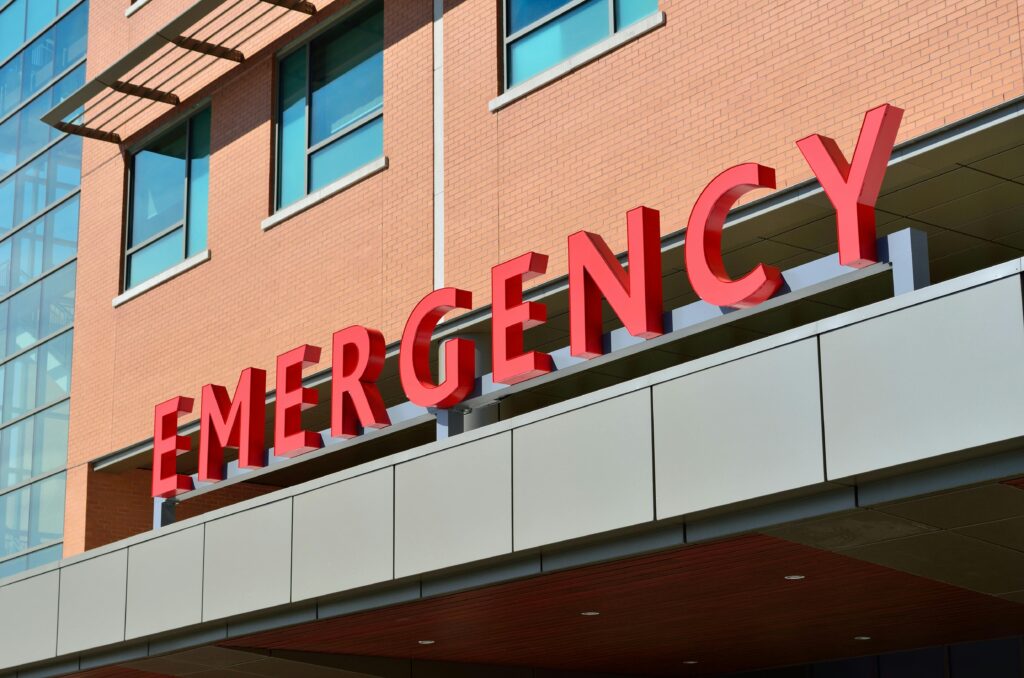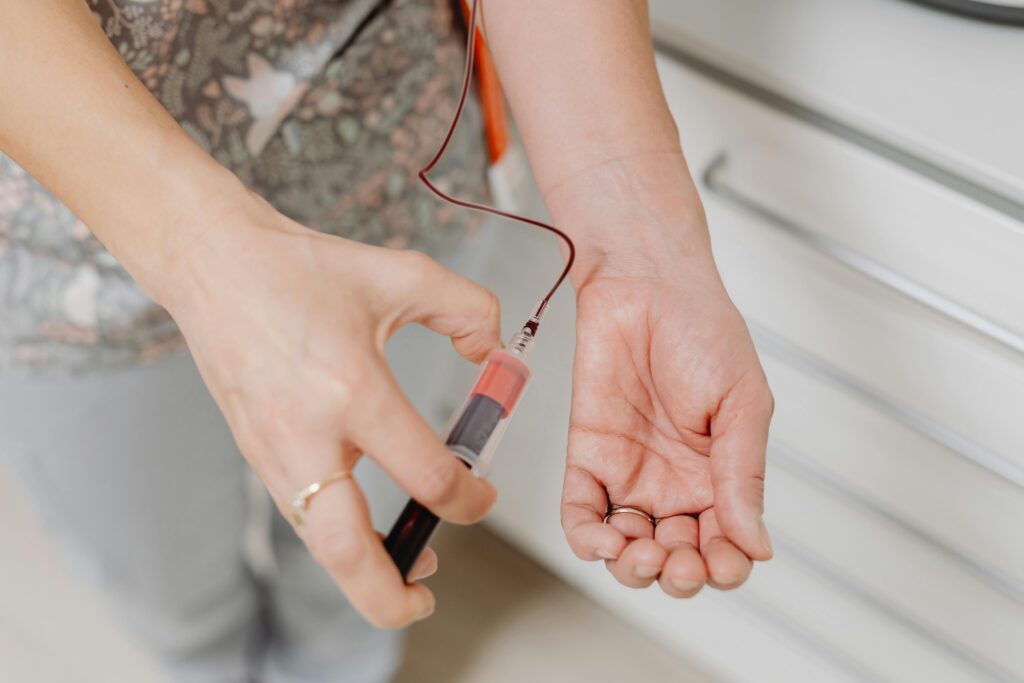Phlebotomy, the practice of drawing blood for diagnostic testing, transfusions, or research, is a crucial function in healthcare. The environment in which phlebotomy is performed can significantly impact the procedure and patient experience. This article compares phlebotomy practices in different settings such as hospitals and private clinics, highlighting their unique advantages, challenges, and operational differences.
Phlebotomy in Hospitals
Hospitals are large, multifaceted institutions that handle a high volume of patients daily. Phlebotomists in hospitals often face a fast-paced and dynamic environment, dealing with various medical conditions and emergencies.

Volume and Variety
Hospital phlebotomists typically perform a high number of blood draws daily. The patient population is diverse, including inpatients, outpatients, and emergency room visitors. This variety necessitates a high level of skill and adaptability, as phlebotomists must be prepared to draw blood from patients of all ages and conditions.
Advanced Equipment
Hospitals generally have access to advanced medical equipment and resources. Phlebotomists in hospitals may use sophisticated tools like the VeinViewer, which helps locate veins more efficiently. This technology is particularly useful in emergency settings or with patients who have difficult-to-find veins.
Training and Collaboration
Hospital phlebotomists often receive extensive training and have opportunities for ongoing education. They work closely with other healthcare professionals, including nurses, doctors, and laboratory technicians, fostering a collaborative environment. This teamwork can enhance the overall quality of patient care.

Challenges
Despite these advantages, hospital phlebotomists face significant challenges. The high volume of patients can lead to long working hours and increased stress. Additionally, the diverse patient population means phlebotomists must be prepared to handle various medical conditions, sometimes under pressure.
Phlebotomy in Private Clinics
Private clinics, in contrast, are smaller, more focused healthcare settings. Phlebotomists in private clinics typically have a more controlled environment with a predictable patient flow.
Personalized Patient Care
One of the primary benefits of phlebotomy in private clinics is the ability to provide personalized patient care. The smaller patient volume allows phlebotomists to spend more time with each patient, fostering a more comfortable and less rushed experience. This can be particularly beneficial for patients with anxiety about blood draws.
Consistency and Routine
Phlebotomists in private clinics often work with a more consistent patient population. Regular patients and routine procedures allow for the development of a predictable workflow. This consistency can lead to increased efficiency and proficiency in performing blood draws.

Advanced Scheduling
Private clinics usually operate on a scheduled appointment basis, reducing the likelihood of long wait times and overcrowding. This scheduling efficiency can enhance the overall patient experience and allow phlebotomists to manage their workload more effectively.
Challenges
However, phlebotomists in private clinics may have limited access to advanced equipment compared to their hospital counterparts. The smaller scale of private clinics means they might not have the same level of resources. Additionally, the routine nature of the work can sometimes lead to a less varied and potentially less stimulating environment.
Comparison and Conclusion
When comparing phlebotomy in hospitals and private clinics, several key differences emerge. Hospitals offer a dynamic and resource-rich environment, ideal for phlebotomists who thrive under pressure and enjoy a varied workload. Conversely, private clinics provide a more controlled and personalized setting, suitable for those who prefer a consistent routine and closer patient interactions.
Regardless of the setting, the role of a phlebotomist remains critical in ensuring accurate and timely diagnostic testing. Both environments offer unique advantages and challenges, contributing to the diverse landscape of phlebotomy practice.